How often do you leave home, arrive at your destination, only to realize you’ve left something very important that you always need to carry with you?
Enter AutoID.
Auto Identification (AutoID) is a method of automatically identifying objects, collecting data and using this data directly without human involvement. Some examples of AutoID technologies are Barcode and RFID (Radio Frequency Identification).
RFID is the standard AutoID technology in retail and supply chain industries, where there is a need of identifying tens or hundreds of objects simultaneously. A typical RFID system requires a reader (detector) and a tag (smart label). This market is always demanding a higher level of performance from RFID systems such as faster reading speeds, reduced effect of metal/fluid, cheaper and more robust tags, and more standardization for improved security, privacy and interoperability. These specs led to very cheap RFID tags, but expensive and complicated RFID readers, which is not a problem for these industries.
In reality, AutoID technologies don’t have to be exclusive to large enterprises only. However, current RFID technologies have failed to enter other markets such as the consumer market, in particular smart home applications where there is a need to identify and locate objects and/or people around the house. There are various reasons for that including:
1. Cost: Readers are expensive because of advanced features such as anti-collision (increases number of simultaneously detected tags), security and authentication and compliance with standards and regulations.
2. Complexity: Professionals are needed to correctly configure an RFID system.
3. Deployment: RFID reader antennas must be carefully deployed and extensively tested to ensure proper coverage.
There are various opportunities for the use of AutoID for general consumers. Examples include: finding lost or missing valuables around the house, automating interactions between kids and dangerous spots at home, or even to make sure one always has all important personal belonging when on the go. An example of an AutoID technology is the emerging Bluetooth trackers. For this technology to be more accessible from a consumer point of view, there is a need for disruptive innovation.
A disruptive AutoID technology must address at least these market space factors:
1. Cost: Bring the overall cost of the system down.
2. Ease of use: This includes both deployment and configuration.
3. Tag cost: Unlike the conventional RFID tags, a disruptive technology can offer a higher tag cost while still maintaining low system cost, because there is no need to buy thousands of them.
4. Tag type: For the higher tag cost, an active tag (battery operated) is preferred. This provides more reliable tags to work seamlessly with different materials or packages. This also brings size down.
5. Detection speed: not an issue for a small number of tags.
6. Integration: Systems should be standalone with optional network connectivity.
Once a company can address and overcome these market space factors, they will be very successful.
As a consumer, we should be more aware of the new technologies that are emerging. RFID is an old technology and disrupting that space is the ever-emerging AutoID. This technology is going to be more prevalent in our new world; a world where we are automatically tagged and information will be pushed to us. Keep an eye out for more of these AutoID technologies which will become a big part of our lives. This technology can and will create a blue ocean of opportunities for entrepreneurs, inventors, and investors.
 Peter Basl is an entrepreneur, a research and development engineer with many years of university teaching/research experience, and 7 years of technical management and consulting experience with focus on product development and commercialization. For more information, email him at: [email protected].
Peter Basl is an entrepreneur, a research and development engineer with many years of university teaching/research experience, and 7 years of technical management and consulting experience with focus on product development and commercialization. For more information, email him at: [email protected].






